I snagged a Nexus 9 over the Black Friday weekend for my wife in white to complement my sand model (so we can tell them apart). Look at the photo; if that’s white, there is […]


I snagged a Nexus 9 over the Black Friday weekend for my wife in white to complement my sand model (so we can tell them apart). Look at the photo; if that’s white, there is […]
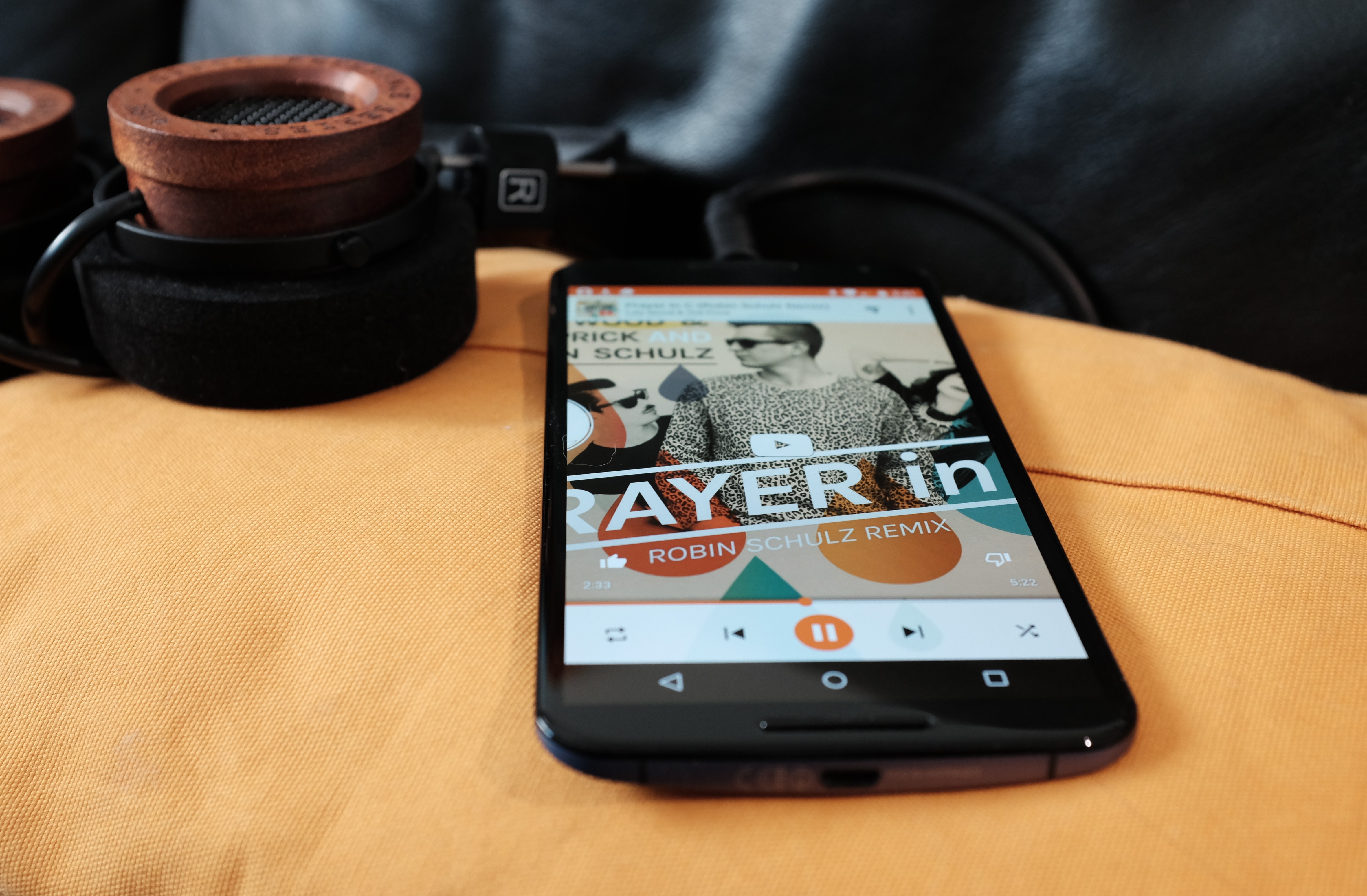
If you’re smartphone shopping this holiday and wondering what to buy, my primer can assist—with caveats. I focus solely on Androids that are higher end but affordable, and I ignore iPhones. No slight against Apple devices is intended. I figure that people who want an iPhone won’t likely consider an alternative. Also: The differences aren’t as pronounced. For example, the major benefit choosing 6s or 6s Plus over the two previous models is slightly lower price (3D Touch is an unnecessary gimmick). The major benefit picking 5s over the 6 or 6 Plus is again price but also smaller size.
Among Androids, differences abound—and many, such as older OS versions or custom UI skins, are carrier or manufacturer imposed. That’s without considering the bloatware that either or both parties might impose. I intentionally focus on devices that offer the most value for price paid, which includes upfront or payment-plan purchased unlocked.
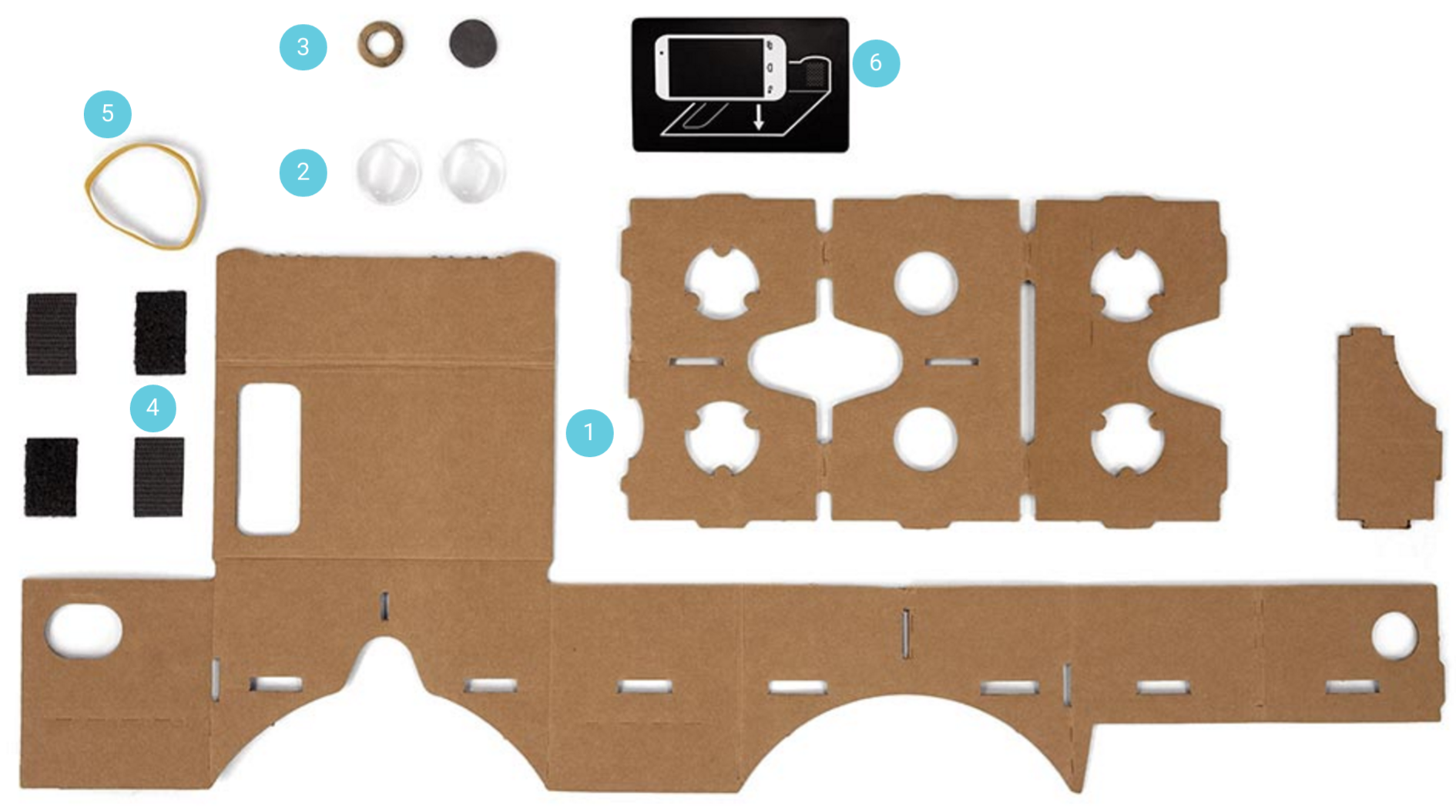
Today the New York Times spammed my inbox: “We’ve just launched an innovative virtual reality platform that will transform the way you experience stories. As one of our most loyal digital subscribers, you are entitled to a complimentary Google Cardboard virtual reality viewer for an enhanced viewing experience”.
I took advantage of the freebie, thinking that this thing, which literally is a cardboard box, should be an April Fool’s hoax. I kinda heard about it before but ignored. Cardboard boxes are for Amazon packages and cat play after they arrive. High-tech gadgetry, c`mon? What? Is this the newest thing in recyclable tech?
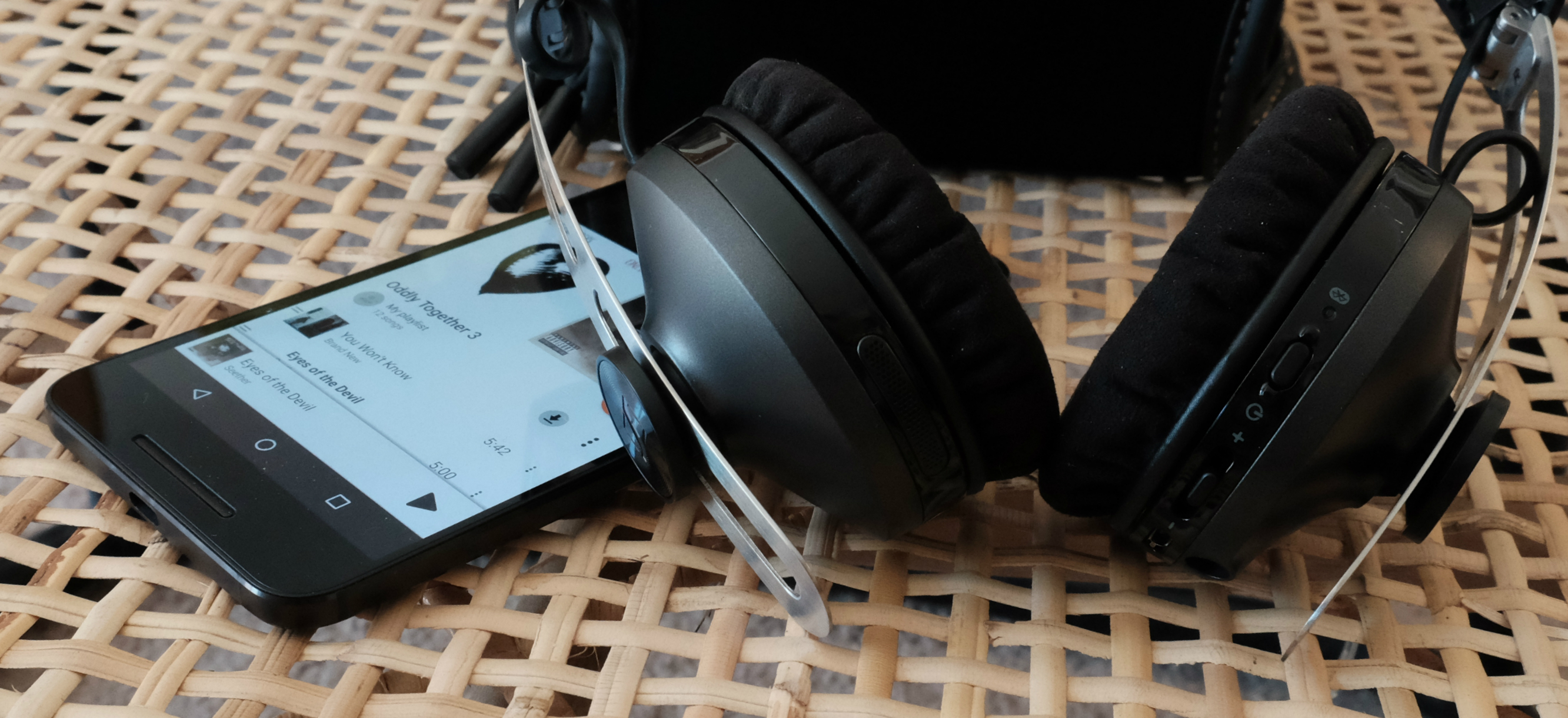
Last night, I returned to Amazon the Sennheiser Momentum 2 wireless headphones received on Nov.8, 2015. The retailer promises full refund. My ears ache from using them, even with the volume low. The problem is bass response, which is too intense for my aged ears. At the same time, I removed the Grado Labs RS1e from Craigslist. I will keep the wired cans.
I let go the Bluetooth set reluctantly. I like the design, construction, materials, and controls. Wireless connects easily and provides ample volume. But bass booms, and the devices on which I listen have limited graphic equalizer or none at all.

I retract regrets stated two days ago about parting with the Fujifilm X100T. Today I had chance to use the Fujinon XF35mmF2 R WR lens attached to the X-T1. Wow, the 53mm film-equivalent glass swipes away my major complaints compared to using the smaller camera.
For starters: The aperture ring offers tactile response. You can feel the click between stops, which are unmistakably visible at a glance. When the San Diego sunlight is to too bright for me to easily see numbers in the electronic viewfinder, the ring reveals the aperture by touch. Click. Click.
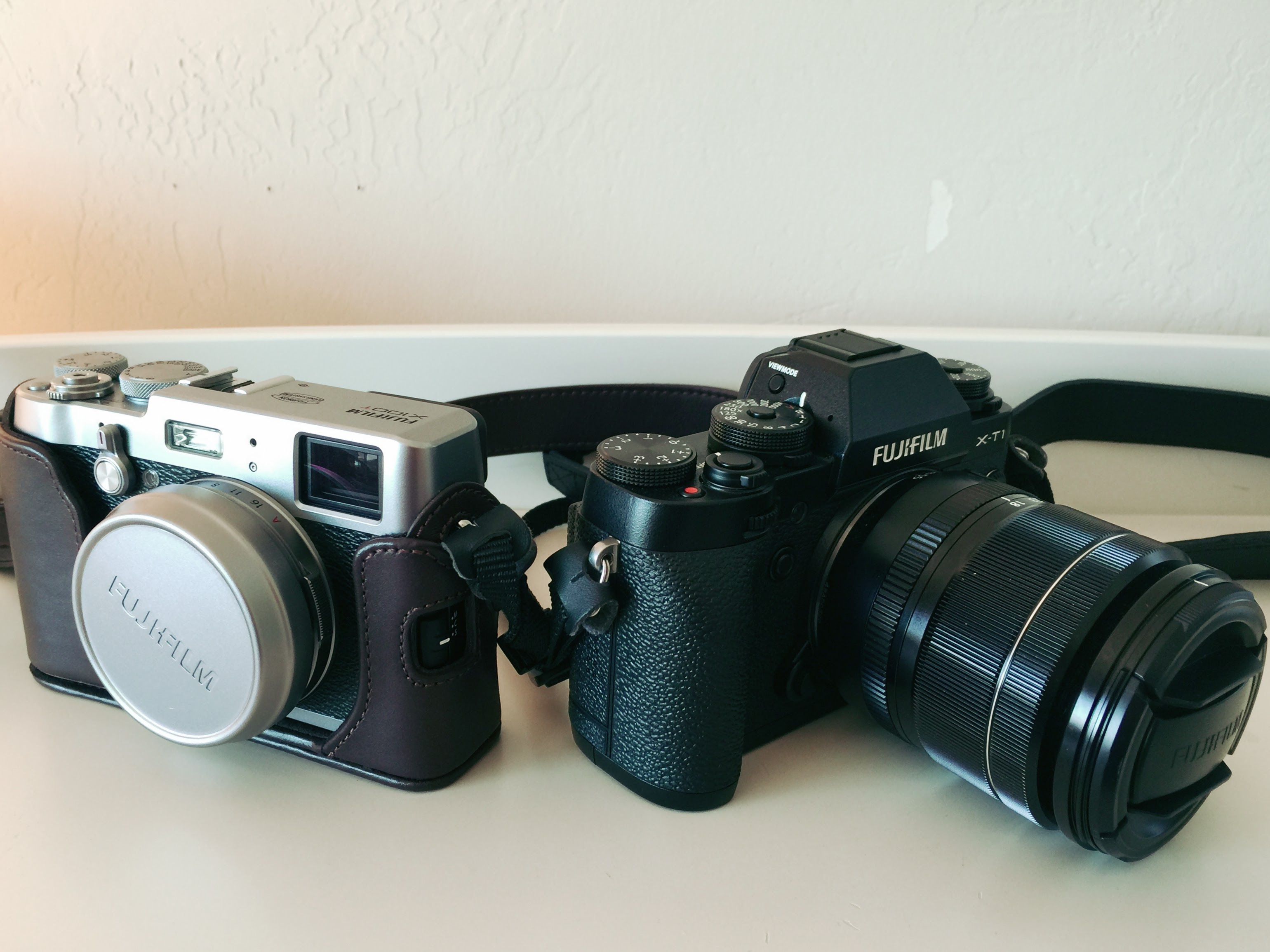
Not long after buying the Fujifilm X-T1 in July I sold my beloved X100T. At the time, it didn’t make much economic sense to keep both. Some decisions, no matter their practically, we regret. I miss the X100T’s simplicity, portability, and manageability.
The X-T1’s appeal is full manual control, including ISO, and interchangeable lens. But for me, the fixed-lens camera’s aperture ring is a killer feature. In the bright San Diego, I often find even X-T1’s excellent electronic viewfinder is difficult to read. I typically shoot aperture priority, but consistently can’t read the setting. The X100T offers tactile clicks from a ring which numerals are clearly etched into the metal. Then there is benefit of the optical viewfinder, which works well for me outdoors.
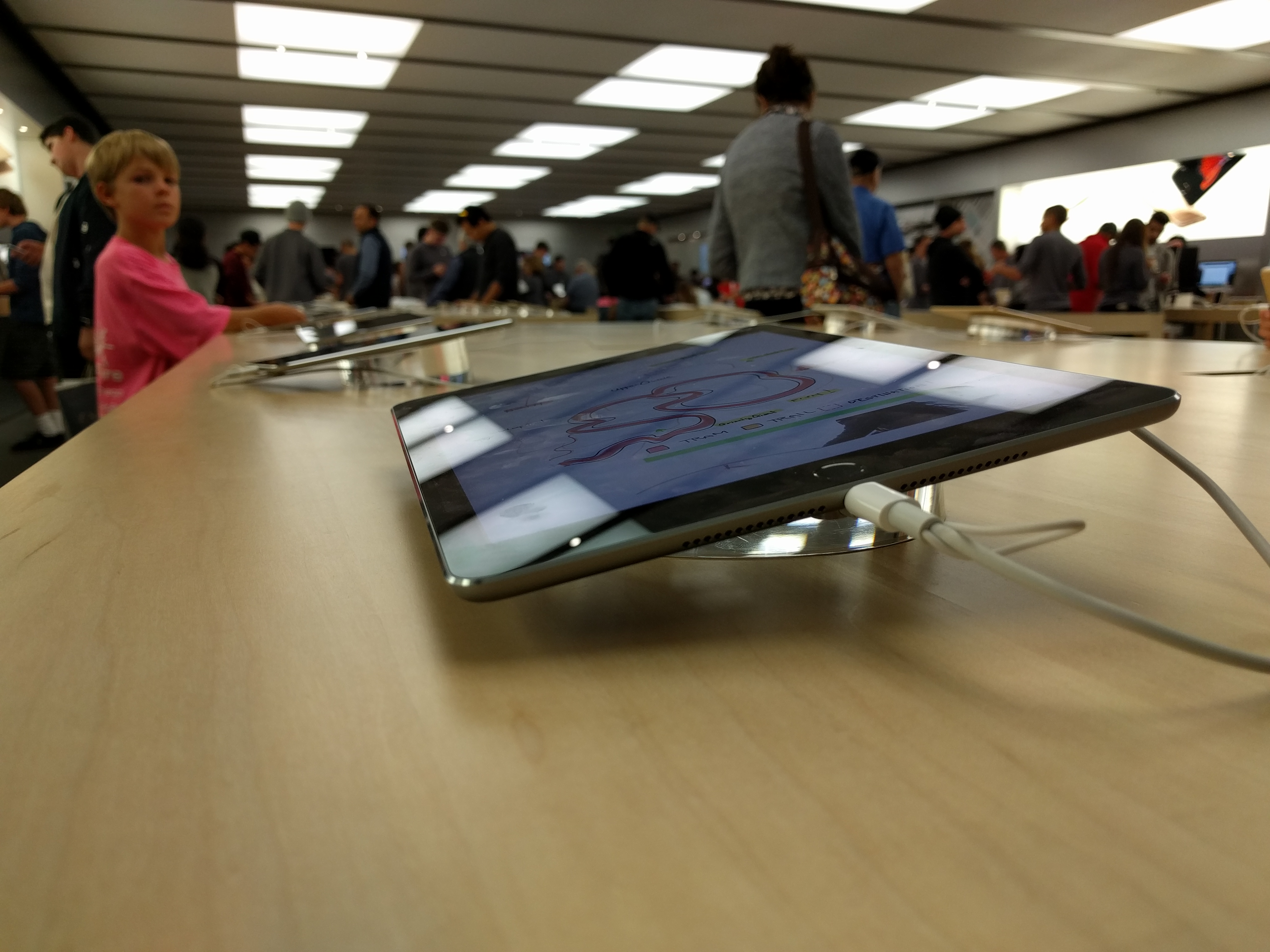
iPad Pro sales started today, and the tablet is available to buy at my local Apple Store but not to see or handle. There are no display models. That was the situation around 5 p.m. What amazed me: How many people bought sight-unseen. In the five minutes I looked around for the 12.9-inch tab, Apple staff sold three (if not more). Do these people understand just how big this thing is?
Stranger still, the two accessories that deliver differentiating benefits—so-called Pencil and Smart Keyboard—won’t ship for three or four weeks. The overly-large tablet isn’t good for artists or as a laptop replacement without either input device. All this while Apple marketing touts their major benefits.
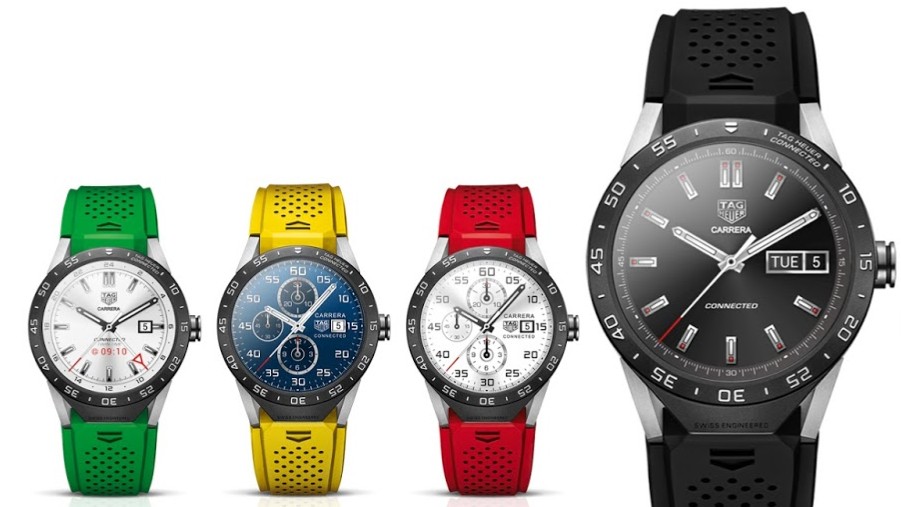
In a post to Google+ this AM, journalist Kevin Tofel asks: “Who else doesn’t think many people will buy a $1,500 Android Wear watch simply because it’s made by TAG Heuer?” His question is spot on. The timepiece maker introduced its new line of smart wristwear earlier today.
I see TAG Heuer Connected differently. The high-end brand is carried in fine jewelry stores everywhere. This watch will make Android Wear visible to millions of buyers who might never see the platform. Demographically, many of these same people might never encounter or consider purchasing Apple Watch, either.
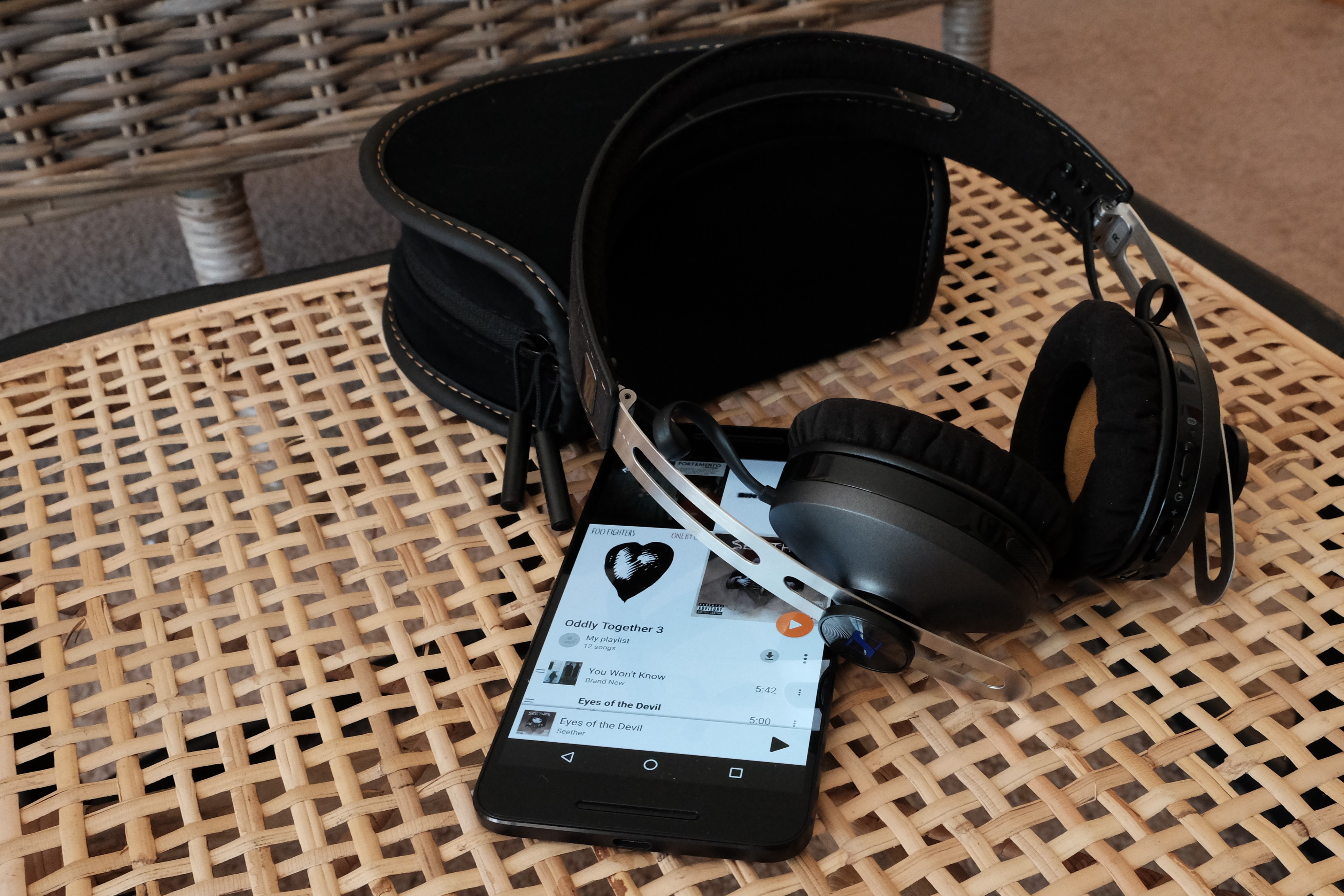
In middle age, my ears can’t tolerate booming bass any longer. Seems like amped lows is the state of audio design, and this is unfortunately standard among wireless cans. That’s one reason I use Grado Labs’ Rs1e reference headphones, which give better balance across the range, particularly warm midrange and highs.
But the RS1e means a cord, which largely inconveniences my digital lifestyle. I would rather listen to music, podcasts, and such while on the move in the apartment, or elsewhere. My last set of Bluetooth cans delivered way too much bass, and I sold them when buying the Grados. Last night, after reading professional and purchaser reviews, I bought a pair of Sennheiser Momentum 2.0 wireless headphones from Amazon, My quick, out-of-box impressions follow.
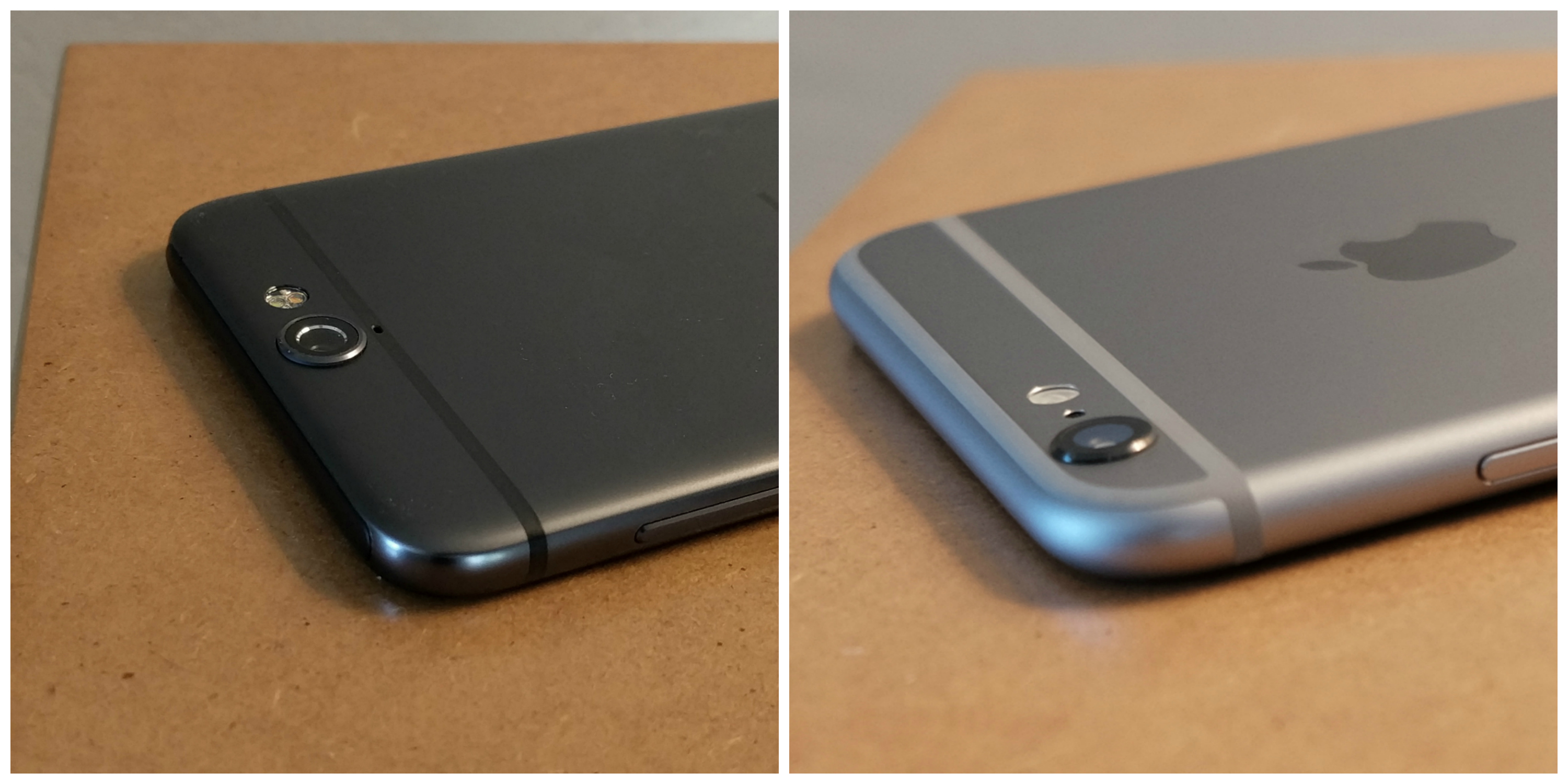
Without even turning on the HTC One A9 (which I haven’t yet), the physical similarities with iPhone 6/6s are unmistakable. The smartphones share striking design ethic, separated by the shape of the home-button fingerprint sensor, placement of the rear-facing camera, and left-side SIM and microSD card slots. But these differences aren’t immediately obvious.
My question: Is this the Android for people wanting the iPhone 6s look but something more flexible than the iOS platform? If there is truth in marketing, HTC’s tag lines reveal much: “Design worth imitating”, which while referring the company’s One legacy also could be interpreted as backhanded praise or even fist-to-snub about Apple’s device, which some could argue imitates earlier One models. “Power to choose”—customization and personalization options not offered on fruit-logo handsets.
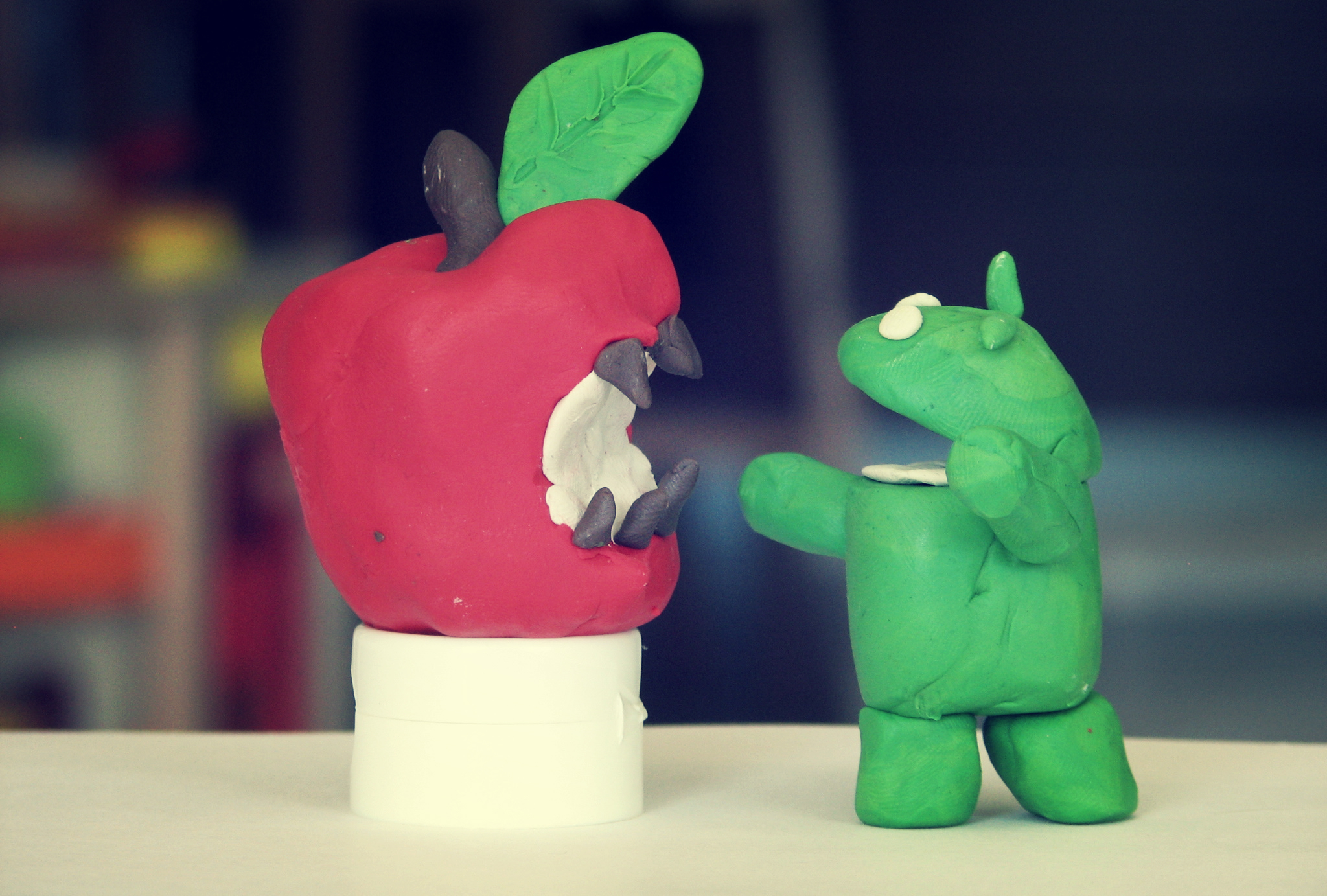
The haughty headline from yesterday’s Apple fiscal fourth quarter 2015 earnings report isn’t big revenue or profit performance ($51.5 billion and $11.1 billion, respectively), but a figure given by CEO Tim Cook during the analyst call: “We recorded the highest rate on record for Android switches last quarter at 30 percent”.
Blogs, and some news sites, set the statement off like an atomic blast of free marketing for Apple. The fallout spreads across the InterWebs this fine Wednesday, largely undisputed or corroborated. Just because Cook claims something doesn’t make it true. To get some perspective, and to either correct or confirm the public record, today I asked a half-dozen analysts: “Does your analysis of the smartphone market support that assertion?”
Today, Microsoft started selling Surface Pro 4 and Surface Book, and I strongly considered buying either. During the past 10 days, I visited the company’s Fashion Valley store four different times specifically to play with the devices. The hardware dazzles, but I couldn’t get beyond Windows 10 when compared to benefits I receive using Chromebook Pixel LS. SB’s price, which starts at $1,499, is another impediment.
There is something to be said for straightforward, simple, and efficient computing, which Google gets right. Contextual sync is among Chrome OS’s biggest benefits. Little things, like popping my camera’s SD card into Pixel’s slot and the laptop backing up photos to Google Drive, which is accessible from the file manager as if local storage. Granted, there are application gaps, but the overall user experience fills them in.